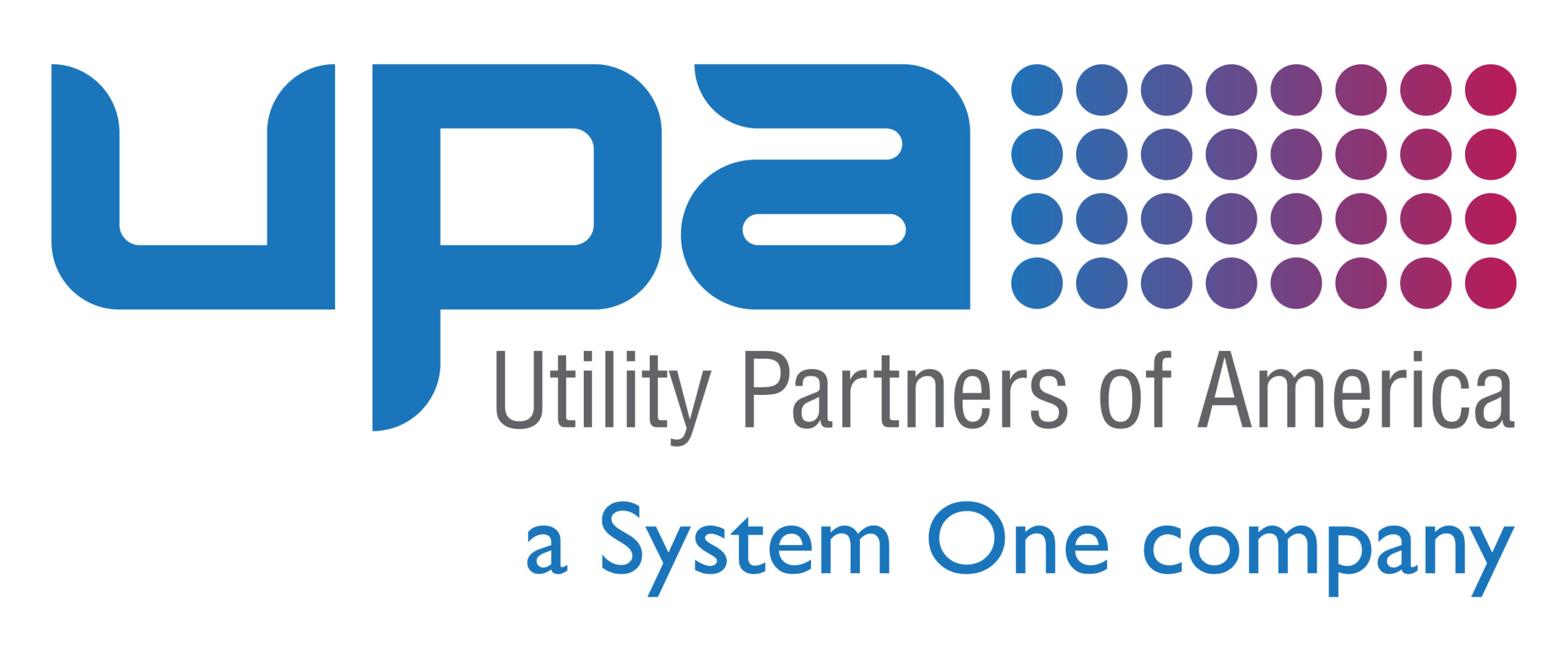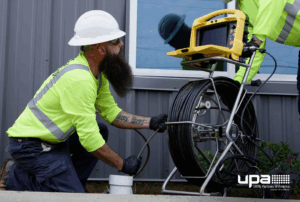America’s heartland is best characterized by the peaceful and serene landscapes that envelope it. It has hospitality for miles and feed stores that serve as gathering spots for the locals. Unfortunately, there’s another characteristic of America’s heartland that’s not so heartwarming. Aging and ill-equipped electric infrastructure that can lead to spotty coverage. However, good things could be on the horizon for these rural and underserved areas through new or revamped methods.
In a March 4 press release, the U.S. Department of Agriculture (USDA) announced a $900 million investment to build, preserve or improve rural electric infrastructure across 16 different states. But just how will the recipients of those funds participate in what the USDA is calling the Electric Loan Program? And what can other providers do to enhance their own offerings? We’ve got those answers and more in our quick rundown on how to improve grid coverage in rural and underserved areas.
Providers should get smart
The Electric Loan Program will help build and improve more than 2,700 miles of line to provide a boost in rural areas’ reliability. This can benefit more than 1 million residents and businesses. Take one look at the project descriptions for the recipients of that program, and you’ll consistently find smart grid technology. In fact, the loans include some $17 million for investments in smart grids alone.
Why the emphasis on smart grids? For one, these digital meters can facilitate considerably more reliable service than their analog counterparts. Smart meters can electronically detect an anomaly or outage. This will immediately signal to the provider that there’s a problem and it’s location. In some cases, that means you can dispatch crews to the site. Technicians can work on a solution before the customer has more than a mild inconvenience. That type of real-time monitoring can build goodwill with customers accustomed to having service that is frequently disrupted.
Technicians can work on a solution before the customer has more than a mild inconvenience. That type of real-time monitoring can build goodwill with customers accustomed to having service that is frequently disrupted.
In addition to improving coverage, there are plenty of other advantages to making the switch to smart grid technology. Including giving your customers the chance to save money and better manage energy consumption.
Think big with mini-grids
Mini-grids are power sources that supply electricity to customers located in remote or rural locations through a local distribution grid.
While there are definitive segments of underserved populations in the United States, the numbers are downright staggering on the global level. Citing analysis conducted by the International Energy Agency, the World Economic Forum reports that 1.1 billion people worldwide lack electricity. And the answer to solving that problem, it says, is using mini-grids.
Mini-grids are power sources that supply electricity to customers located in remote or rural locations through a local distribution grid. Mini-grids aren’t necessarily a new technology, but they do serve as an attractive option. They are economical, efficient, and scalable. The systems are also customizable to each unique case. For instance, the size of the mini-grid can flex up or down, depending on the number of customers it serves. Additionally, designers can implement the technology using diesel, hydropower or a hybrid system with multiple types (including renewable energy). Designers of mini-grid systems should review their customer base and capital conditions before settling on an approach.
Invest in renewables
You should consider solar and wind energy installations as a way to improve coverage in rural and underserved areas for a number of reasons. First, there are a variety of grants, tax breaks and loans in place to entice utilities to invest in renewable energy sources. For instance, the USDA’s Rural Utilities Service has already invested more than $1 billion in renewable energy projects in rural America, specifically in communities with less than 20,000 people.
The sun is our planet’s most potent energy source, so why wouldn’t we take full advantage of that strength with solar power? Meanwhile, wind, biomass, geothermal and hydro are other forms of renewables that energy companies could harvest to improve coverage in rural or underserved areas. Not to mention, renewables provide an opportunity to save money on energy production, which can help the company’s bottom line.
Utility Partners of America has partnered with utilities and energy co-ops for more than two decades. Contact us today to see how we can help you improve your grid coverage in rural and underserved areas.




